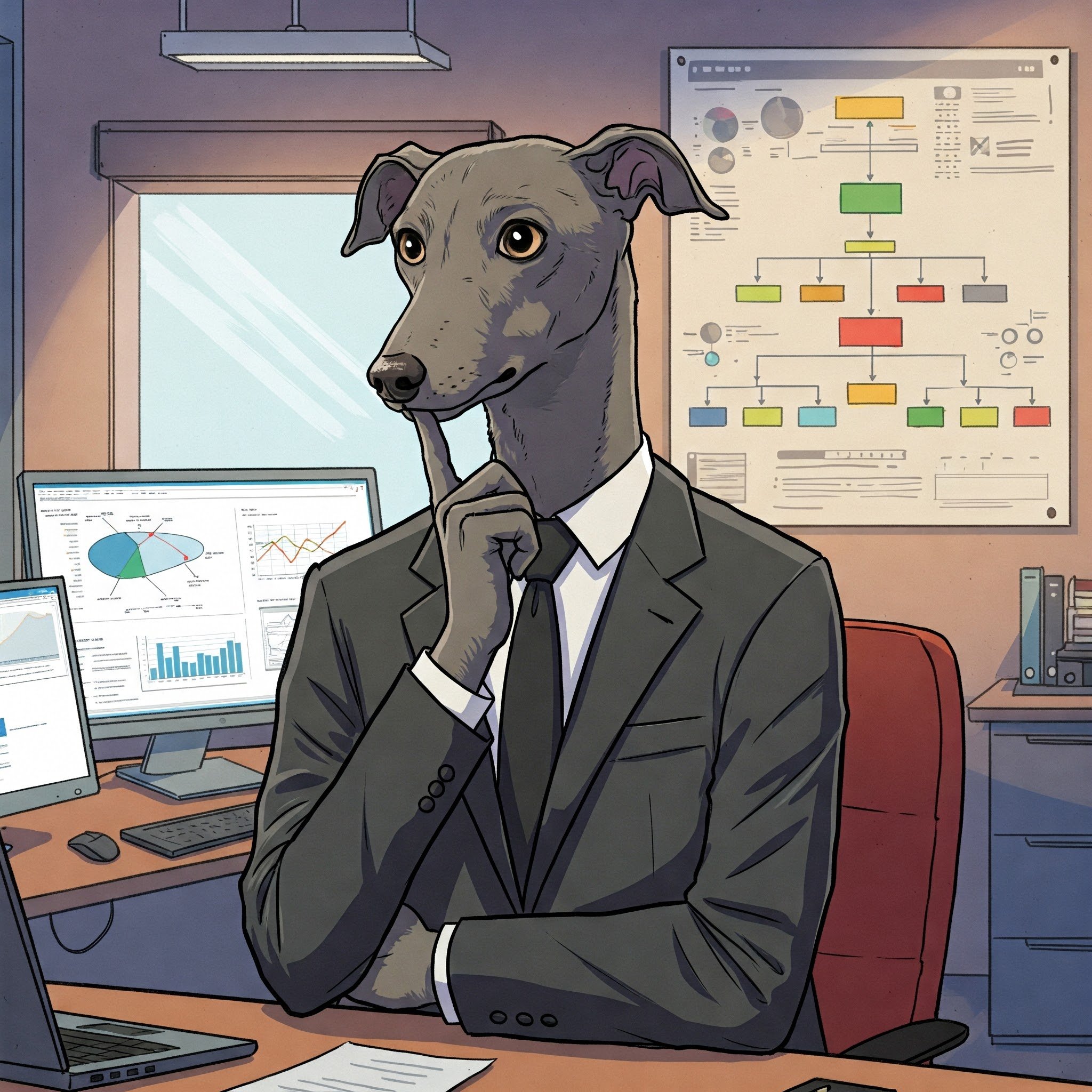Agile Workplaces in the Age of AI Part 2 of 2
Designing for Change: AI's Impact on Workspace Flexibility
By Robert Kroon
The rise of artificial intelligence is transforming not just what we do, but how and where we do it. As AI boosts worker productivity, it's not just our jobs that are changing – it's the very fabric of our workplaces. The concept of the agile workplace, already focused on flexibility and adaptability, is being supercharged by the AI revolution, leading to a future where workspaces are in a constant state of evolution.
Workplaces that adapt to the pace of change
Think about it: AI-driven productivity means projects are completed faster. This accelerated pace demands a workspace that can keep up. Imagine a project wrapping up weeks ahead of schedule.
The team, the tools, the very purpose of the space shifts. Suddenly, that dedicated project room needs to be reconfigured for a new initiative, a different team, a completely different set of needs. Traditional office layouts simply can't handle this kind of rapid transition. Agile furniture, modular walls, adaptable spaces become essential, allowing for quick and seamless transitions.
August Berres’ CampFire tables enable the quick, collaborative meetings that characterize agile work environments.
Workplaces that adapt to team structure
And it's not just about project timelines. AI is also changing how teams are formed. With AI assisting in task allocation and project management, teams become more dynamic, assembled and disassembled based on specific AI-driven insights or emerging opportunities.
This fluidity necessitates a workspace that can adapt to constantly shifting team sizes and structures. One day you might need a large open area for a team brainstorming session, the next day, smaller breakout rooms for focused work. Agile furniture allows for this kind of dynamic reconfiguration, ensuring that the workspace always supports the current team structure.
August Berres’ Respond! 2.0 Wallies enable rapid changes in workplace delineation.
Furthermore, AI is likely to lead to increased specialization within projects. As AI takes over routine tasks, humans will focus on more specialized roles, requiring specialized work zones. Think dedicated areas for AI model training, data analysis, or human-AI collaboration. These specialized spaces might be temporary, popping up as needed and then being reconfigured for other purposes. The agile workplace becomes a canvas for these specialized work zones, constantly adapting to the evolving needs of the project.
AI for agile workplaces
Perhaps most interestingly, AI itself can play a role in optimizing the agile workplace. Imagine AI analyzing data on how the workspace is being used. It could identify bottlenecks, underutilized areas, or inefficient layouts.
Then, it could recommend or even automate changes to the configuration, optimizing for productivity, collaboration, and employee well-being. This data-driven approach to workspace design takes agility to a whole new level, creating a feedback loop where the workspace itself is constantly learning and improving.
As AI handles more routine tasks, the focus shifts to human creativity, problem-solving, and strategic thinking. Agile workplaces designed to foster collaboration and serendipitous interaction become even more crucial. This might mean frequent adjustments to the workspace to support different types of collaborative activities, from brainstorming sessions to hackathons. The agile workplace becomes a hub of human connection, facilitated and enhanced by AI.
AI + Empowerment
Finally, AI could empower employees to customize their work environment. Imagine an AI-powered system that allows employees to request specific workspace configurations based on their individual needs and project requirements. This level of personalization naturally leads to more frequent changes in the agile workplace, creating a truly dynamic and responsive environment.
The message is clear: AI-driven productivity is not just changing what we do; it's changing where we do it. The agile workplace of the future is not just flexible; it's in a constant state of flux, evolving to maximize human potential in the age of AI.





